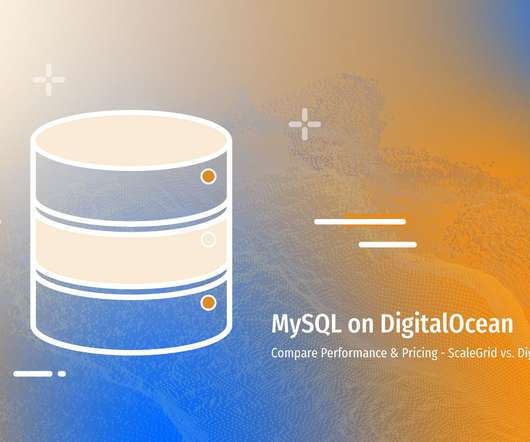Best MySQL DigitalOcean Performance – ScaleGrid vs. DigitalOcean Managed Databases
Scalegrid
JUNE 22, 2020
Compare Latency. On average, ScaleGrid achieves almost 30% lower latency over DigitalOcean for the same deployment configurations. MySQL DigitalOcean Performance Benchmark. In this benchmark, we compare equivalent plan sizes between ScaleGrid MySQL on DigitalOcean and DigitalOcean Managed Databases for MySQL. Throughput.






















Let's personalize your content